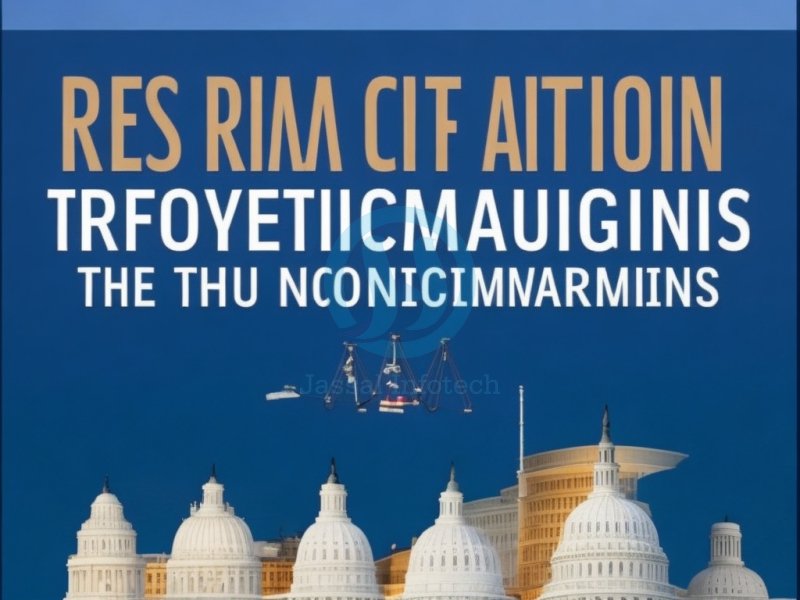
In the complex realm of economics, government regulations play a pivotal role in shaping industries, market competition, and overall economic growth. These regulations are like the gears that drive the economic engine, influencing businesses, consumers, and investors alike. In this blog, we will embark on an insightful journey to analyze the profound impact of government regulations on various facets of the economy.
Government regulations are essential tools used to achieve various economic and social objectives. They are designed to ensure fair practices, protect consumers, promote competition, and maintain market stability. Understanding the balance between necessary regulation and excessive intervention is crucial for a thriving economy.
Industries are directly affected by government regulations. While some regulations may be beneficial, excessive or poorly designed ones can stifle growth and innovation. We will explore case studies of industries that have thrived under suitable regulations and those that have faced challenges due to burdensome red tape.
Healthy market competition is the backbone of a thriving economy. Government regulations can either foster or hinder competition. We will delve into real-world examples to highlight how well-crafted regulations can lead to a competitive marketplace that benefits consumers and businesses alike.
Navigating through a myriad of regulations can be daunting for businesses, especially small and medium-sized enterprises (SMEs). We will examine how the regulatory environment impacts business formation, expansion, and investment decisions, shedding light on both success stories and obstacles.
Critics argue that excessive regulations dampen innovation and entrepreneurial spirit. On the other hand, proponents claim that regulations are essential for protecting public interests. We will explore the delicate balance between regulation and innovation, showcasing instances where regulations have sparked innovation and others where it seemed to stifle progress.
Different countries adopt various regulatory approaches, leading to diverse economic outcomes. We will compare and contrast regulatory practices in different regions and assess their impact on economic growth and market dynamics.
While the intent behind regulations is often positive, they may lead to unintended consequences. These can range from unintended market distortions to unexpected shifts in consumer behavior. We will examine notable examples of these consequences and draw important lessons from them.
As the economic landscape evolves, so too must regulations. Governments periodically review and reform regulations to adapt to changing circumstances. We will analyze the potential benefits of regulatory reforms and the challenges involved in implementing them.
Government regulations wield significant power over industries, market competition, and economic growth. Striking the right balance between regulation and free market forces is crucial for fostering a robust economy. By learning from historical successes and failures, we can pave the way for a more efficient and dynamic regulatory landscape that drives sustainable economic growth and benefits society as a whole.
In the ever-changing world of economics, the impact of government regulations is an ongoing story. As we embrace a future of uncertainty and innovation, understanding their effects remains an essential element in shaping a prosperous economy. By respecting the past, acknowledging the present, and planning for the future, we can continue to unlock the true potential of government regulation for the greater good.
Remember, knowledge of economics and regulatory frameworks is vital for sound decision-making in any economy. Stay informed, stay engaged, and together, we can build a better economic future.
Share This News